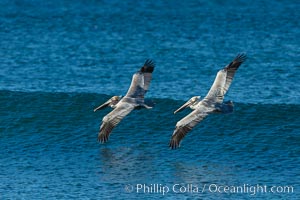
California Pelican flying on a wave, riding the updraft from the wave.
Species: Brown Pelican, Pelecanus occidentalis, Pelecanus occidentalis californicus
Image ID: 30268
Species: Brown Pelican, Pelecanus occidentalis, Pelecanus occidentalis californicus
Image ID: 30268
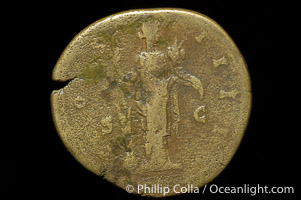
Roman emperor Antonius Pius (138-161 A.D.), depicted on ancient Roman coin (bronze, denom/type: Sestertius) (Sestertius Obverse: ANTONINVS AVG PIUS PP TR P XXIII. Reverse: FORTUNA OBSEQVENS COS IIII SC. Fortuna Obsequens std. left., holding rudder and cornucopiae.).
Image ID: 06559
Image ID: 06559
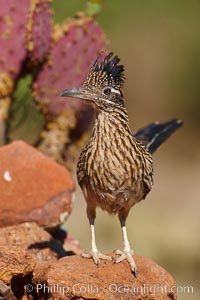
Greater roadrunner.
Species: Greater roadrunner, Geococcyx californianus
Location: Amado, Arizona
Image ID: 22980
Species: Greater roadrunner, Geococcyx californianus
Location: Amado, Arizona
Image ID: 22980
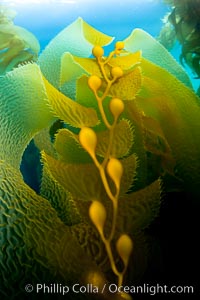
Kelp fronds and pneumatocysts. Pneumatocysts, gas-filled bladders, float the kelp plant off the ocean bottom toward the surface and sunlight, where the leaf-like blades and stipes of the kelp plant grow fastest. Giant kelp can grow up to 2' in a single day given optimal conditions. Epic submarine forests of kelp grow throughout California's Southern Channel Islands.
Species: Giant kelp, Macrocystis pyrifera
Location: San Clemente Island, California
Image ID: 25412
Species: Giant kelp, Macrocystis pyrifera
Location: San Clemente Island, California
Image ID: 25412
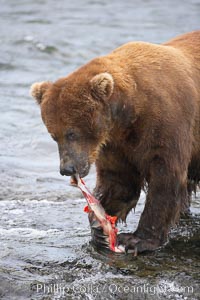
A brown bear eats a salmon it has caught in the Brooks River.
Species: Brown bear, Ursus arctos
Location: Brooks River, Katmai National Park, Alaska
Image ID: 17351
Species: Brown bear, Ursus arctos
Location: Brooks River, Katmai National Park, Alaska
Image ID: 17351
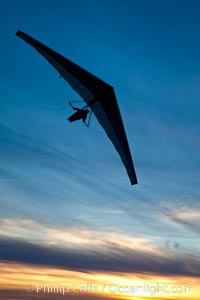
Hang Glider soaring at Torrey Pines Gliderport, sunset, flying over the Pacific Ocean.
Location: La Jolla, California
Image ID: 24290
Location: La Jolla, California
Image ID: 24290
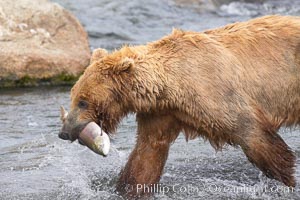
A brown bear eats a salmon it has caught in the Brooks River.
Species: Brown bear, Ursus arctos
Location: Brooks River, Katmai National Park, Alaska
Image ID: 17245
Species: Brown bear, Ursus arctos
Location: Brooks River, Katmai National Park, Alaska
Image ID: 17245
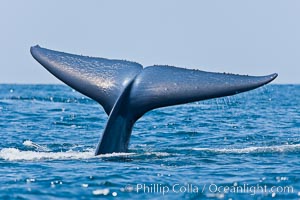
Blue whale, raising fluke prior to diving for food, fluking up, lifting tail as it swims in the open ocean foraging.
Species: Blue whale, Balaenoptera musculus
Location: San Diego, California
Image ID: 16196
Species: Blue whale, Balaenoptera musculus
Location: San Diego, California
Image ID: 16196
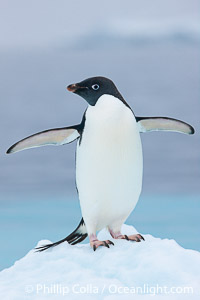
Adelie penguin on an iceberg.
Species: Adelie penguin, Pygoscelis adeliae
Location: Brown Bluff, Antarctic Peninsula, Antarctica
Image ID: 25006
Species: Adelie penguin, Pygoscelis adeliae
Location: Brown Bluff, Antarctic Peninsula, Antarctica
Image ID: 25006
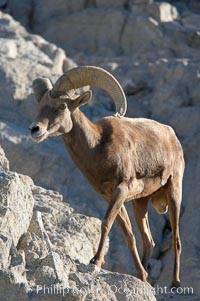
Desert bighorn sheep, male ram. The desert bighorn sheep occupies dry, rocky mountain ranges in the Mojave and Sonoran desert regions of California, Nevada and Mexico. The desert bighorn sheep is highly endangered in the United States, having a population of only about 4000 individuals, and is under survival pressure due to habitat loss, disease, over-hunting, competition with livestock, and human encroachment.
Species: Desert bighorn sheep, Ovis canadensis nelsoni
Image ID: 14651
Species: Desert bighorn sheep, Ovis canadensis nelsoni
Image ID: 14651

Atlantic puffin, mating coloration.
Species: Atlantic puffin, Fratercula arctica
Location: Machias Seal Island, Maine
Image ID: 03135
Species: Atlantic puffin, Fratercula arctica
Location: Machias Seal Island, Maine
Image ID: 03135
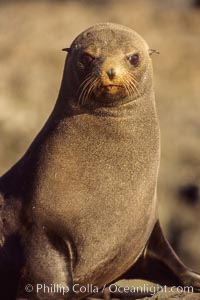
Guadalupe fur seal.
Species: Guadalupe fur seal, Arctocephalus townsendi
Location: Guadalupe Island (Isla Guadalupe), Baja California, Mexico
Image ID: 02358
Species: Guadalupe fur seal, Arctocephalus townsendi
Location: Guadalupe Island (Isla Guadalupe), Baja California, Mexico
Image ID: 02358

Water Lily Pond, Green Harmony, 1899, Claude Monet, Musee d'Orsay, Paris.
Location: Musee dOrsay, Paris, France
Image ID: 35615
Location: Musee dOrsay, Paris, France
Image ID: 35615
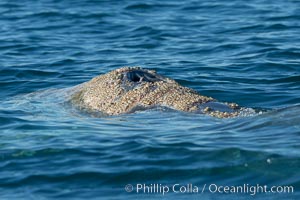
Gray whale dorsal aspect showing blowhole and characteristic skin mottling and ectoparasitic barnacles and whale lice (amphipod crustaceans).
Species: Gray whale, Eschrichtius robustus
Location: San Diego, California
Image ID: 30456
Species: Gray whale, Eschrichtius robustus
Location: San Diego, California
Image ID: 30456
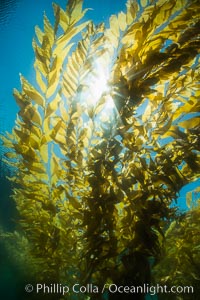
The Kelp Forest offshore of La Jolla, California. A kelp forest. Giant kelp grows rapidly, up to 2' per day, from the rocky reef on the ocean bottom to which it is anchored, toward the ocean surface where it spreads to form a thick canopy. Myriad species of fishes, mammals and invertebrates form a rich community in the kelp forest. Lush forests of kelp are found throughout California's Southern Channel Islands.
Species: Giant kelp, Macrocystis pyrifera
Image ID: 30986
Species: Giant kelp, Macrocystis pyrifera
Image ID: 30986
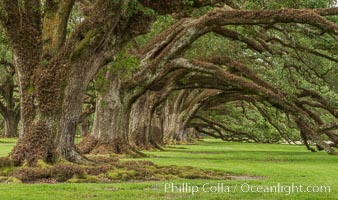
Oak Alley Plantation and its famous shaded tunnel of 300-year-old southern live oak trees (Quercus virginiana). The plantation is now designated as a National Historic Landmark.
Species: Southern live oak, Quercus virginiana
Location: Oak Alley Plantation, Vacherie, Louisiana
Image ID: 31003
Species: Southern live oak, Quercus virginiana
Location: Oak Alley Plantation, Vacherie, Louisiana
Image ID: 31003
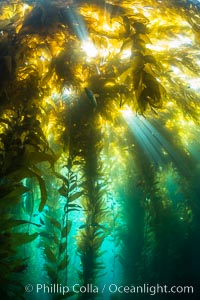
Sunlight streams through giant kelp forest. Giant kelp, the fastest growing plant on Earth, reaches from the rocky reef to the ocean's surface like a submarine forest.
Species: Giant kelp, Macrocystis pyrifera
Location: Catalina Island, California
Image ID: 33436
Species: Giant kelp, Macrocystis pyrifera
Location: Catalina Island, California
Image ID: 33436
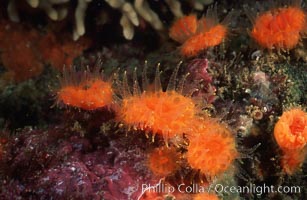
Orange cup coral.
Species: Orange cup coral, Balanophyllia elegans
Location: Monterey, California
Image ID: 02557
Species: Orange cup coral, Balanophyllia elegans
Location: Monterey, California
Image ID: 02557
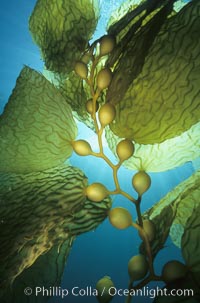
Kelp frond showing pneumatocysts.
Species: Giant kelp, Macrocystis pyrifera
Location: San Clemente Island, California
Image ID: 00628
Species: Giant kelp, Macrocystis pyrifera
Location: San Clemente Island, California
Image ID: 00628
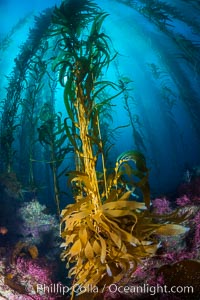
Kelp holdfast attaches the plant to the rocky reef on the oceans bottom. Kelp blades are visible above the holdfast, swaying in the current.
Location: Catalina Island, California
Image ID: 34211
Location: Catalina Island, California
Image ID: 34211
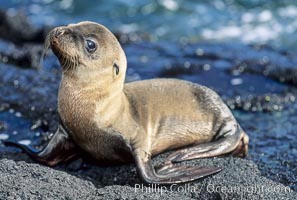
Galapagos sea lion pup, Punta Espinosa.
Species: Galapagos sea lion, Zalophus californianus wollebacki, Zalophus californianus wollebaeki
Location: Fernandina Island, Galapagos Islands, Ecuador
Image ID: 01611
Species: Galapagos sea lion, Zalophus californianus wollebacki, Zalophus californianus wollebaeki
Location: Fernandina Island, Galapagos Islands, Ecuador
Image ID: 01611
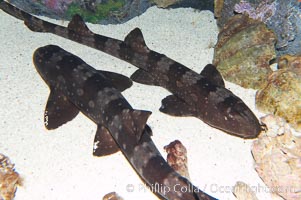
Whitespotted bamboo shark.
Species: Whitespotted bamboo shark, Chiloscyllium plagiosum
Image ID: 14965
Species: Whitespotted bamboo shark, Chiloscyllium plagiosum
Image ID: 14965
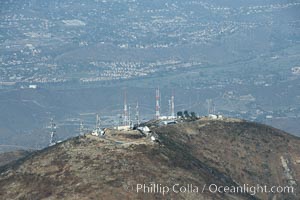
Antenna towers atop San Miguel Mountain, aerial view. San Miguel Mountain reaches an altitude of 2565 feet, and hosts commercial radio and television antennas for the San Diego region, east of downtown San Diego.
Location: San Miguel Mountain, San Diego, California
Image ID: 22141
Location: San Miguel Mountain, San Diego, California
Image ID: 22141
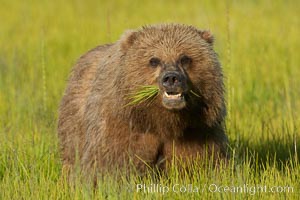
Young brown bear grazes in tall sedge grass. Brown bears can consume 30 lbs of sedge grass daily, waiting weeks until spawning salmon fill the rivers.
Species: Brown bear, Ursus arctos
Location: Lake Clark National Park, Alaska
Image ID: 19147
Species: Brown bear, Ursus arctos
Location: Lake Clark National Park, Alaska
Image ID: 19147
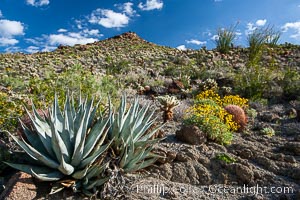
Desert agave, brittlebush and various cacti and wildflowers color the sides of Glorietta Canyon. Heavy winter rains led to a historic springtime bloom in 2005, carpeting the entire desert in vegetation and color for months.
Species: Desert agave, Agave deserti, Encelia farinosa
Location: Anza-Borrego Desert State Park, Borrego Springs, California
Image ID: 10900
Species: Desert agave, Agave deserti, Encelia farinosa
Location: Anza-Borrego Desert State Park, Borrego Springs, California
Image ID: 10900
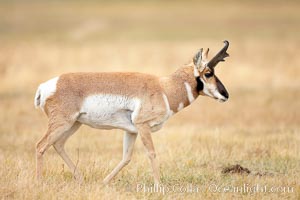
The Pronghorn antelope is the fastest North American land animal, capable of reaching speeds of up to 60 miles per hour. The pronghorns speed is its main defense against predators.
Species: Pronghorn antelope, Antilocapra americana
Location: Lamar Valley, Yellowstone National Park, Wyoming
Image ID: 19633
Species: Pronghorn antelope, Antilocapra americana
Location: Lamar Valley, Yellowstone National Park, Wyoming
Image ID: 19633
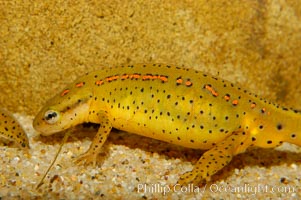
Eastern newt, native to forested areas of the eastern United States.
Species: Eastern newt, Notophthalmus viridescens
Image ID: 09792
Species: Eastern newt, Notophthalmus viridescens
Image ID: 09792
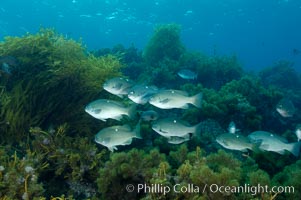
Opaleye perch schooling.
Species: Opaleye perch, Girella nigricans
Location: Guadalupe Island (Isla Guadalupe), Baja California, Mexico
Image ID: 09603
Species: Opaleye perch, Girella nigricans
Location: Guadalupe Island (Isla Guadalupe), Baja California, Mexico
Image ID: 09603
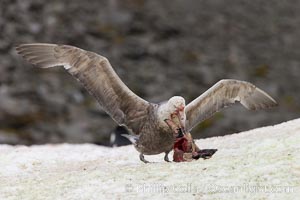
Southern giant petrel kills and eats an Adelie penguin chick, Shingle Cove.
Species: Southern giant petrel, Macronectes giganteus
Location: Shingle Cove, Coronation Island, South Orkney Islands, Southern Ocean
Image ID: 25177
Species: Southern giant petrel, Macronectes giganteus
Location: Shingle Cove, Coronation Island, South Orkney Islands, Southern Ocean
Image ID: 25177
